In one of the more spectacular failures of government policy in the history of California, electricity blackouts lasting days or even weeks have been imposed on millions of utility customers. One Caltrans official in the Bay Area told reporters that this is the “new normal” for wildfire prevention in the era of climate change.
Actually, the power blackouts in California are caused by laws, policies, regulatory decisions and court rulings.
Maybe you’ve noticed that only the customers of investor-owned utilities such as Pacific Gas & Electric and Southern California Edison are affected, while customers of municipal utilities, like LADWP, are experiencing business as usual.
The reason for this is an obscure legal principle called “inverse condemnation.” In its simplest terms, it means privately owned utilities in California that have been given the right to run power lines through private property are held to “strict liability” for damage that is caused by their equipment, even if they are not negligent. That means the companies are on the hook for the full cost of wildfire damage if the fire was started by even one spark from their power lines in a hot, dry windstorm.
Up until one particular day in the fall of 2017, the investor-owned utilities routinely received approval from the California Public Utilities Commission to recover such costs by adding relatively small monthly charges to the bills of their customers over a period of years.
But on that day in 2017, as fires burned in Northern California, the CPUC shocked the markets by turning down a request from San Diego Gas & Electric to recover $379 million in uninsured costs for damages from three particularly severe wildfires in 2007. The company had asked for permission to charge customers an average of $1.67 per month for six years.
The consequences of that decision can’t be overstated. Consider it from the utilities’ point of view: if insurance coverage is limited and rate increases are limited, but liability is unlimited, a wildfire has the potential to bankrupt the companies overnight.
And, as it happens, a few months after the CPUC ruled against SDG&E, Pacific Gas & Electric went into bankruptcy.
“So what,” you may be thinking, “let the investors take the hit.” But lawmakers in Sacramento couldn’t do that because of the demands made by the state for a transformation to renewable energy. That’s expensive, and if nobody will buy the stocks and bonds of investor-owned utilities, the prospects for the transformation will be as dim as the lawmakers.
So a wildfire liability bill was crafted that pleased no one. Assembly Bill 1054, signed by Gov. Gavin Newsom in July, allows cost recovery from ratepayers if utilities meet safety certification requirements and act “reasonably,” and it created a $21 billion state wildfire fund paid for by ratepayers and utility companies equally. The law has been challenged in a federal lawsuit by San Diego attorney Michael Aguirre on behalf of a PG&E ratepayer, and it may not survive legal scrutiny.
That leaves the state’s three large investor-owned utilities — PG&E, SDG&E and Southern California Edison — potentially on the hook for unlimited damages from any wildfire that is started by their equipment, even if there’s no negligence and the fire occurred because of hot, dry conditions and high winds.
The unlimited damages might not be so unlimited but for a change in air-quality regulations. In 2000, the California Air Resources Board adopted “Smoke Management” regulations that made it more difficult for private landowners and public agencies to conduct “prescribed burns,” those controlled, intentional fires that were used to remove fuel from the path of a potential wildfire. These firebreaks formerly limited the damage from the wildfires that are part of California’s natural history, giving firefighters an assist to achieve containment quickly.
Before leaving office, Gov. Jerry Brown signed Senate Bill 1260, which aimed to ease the regulatory burden on private landowners who sought permits for prescribed burns. That’s not enough. CARB’s smoke-management regulations should simply exempt prescribed burns conducted for the purpose of limiting potential wildfire damage.
That’s the most cost-effective and sensible solution to the long-term problem of limiting wildfire damage. The other options are all worse, like the one we’re seeing now, utility companies shutting off the electricity on windy days in order to ensure that their equipment doesn’t start any fires.
Sticking the ratepayers with the unlimited cost is another terrible option; electricity rates in California are already more than 50 percent higher than the national average. Sticking it to the insurance companies results in sharply higher premiums, if homeowners’ policies are available at all.
That leaves investors, who would soon leave, and the absence of their money would torpedo the state’s climate goals. There would be no one to front the cost of upgrading the grid and paying for the charging infrastructure on which the future of electric cars depends.
Guess who’s left to pick up the tab for wildfire damage: Taxpayers.
All the options are bad.
By the way, San Diego Gas & Electric appealed the CPUC’s denial of cost recovery from the 2007 wildfires. They lost in state court and appealed to the U.S. Supreme Court. But last Monday, the justices decided not to hear SDG&E’s appeal.
That was the last chance for the investor-owned utilities to restore the policies that had previously limited the damage to the companies from the cost of strict liability for wildfires.
And now you know why the power is out in California.
This can be fixed. We can use prescribed burns to physically limit the spread of wildfires beyond certain boundaries. We can change the law to limit the potential damages under inverse condemnation. We can study the real price of the conversion to renewable energy and electric cars and slow down if it’s becoming too costly.
The electricity is off in California because of the choices and decisions made by government officials. Of course, they’re happy to blame climate change. The disaster they really fear is the one that could happen to them at the polls in 2020 if the voters get tired of being in the dark.
Susan Shelley is an editorial writer and columnist for the Southern California News Group. [email protected]. Twitter: @Susan_Shelley.
___
(c)2019 The Orange County Register (Santa Ana, Calif.)
Visit The Orange County Register (Santa Ana, Calif.) at www.ocregister.com
Distributed by Tribune Content Agency, LLC.
—-
This content is published through a licensing agreement with Acquire Media using its NewsEdge technology.



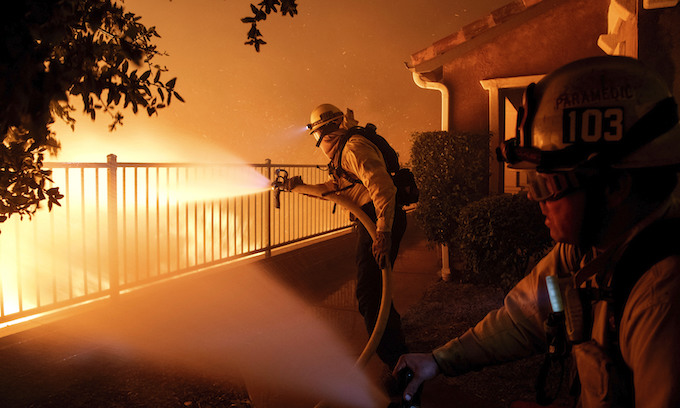
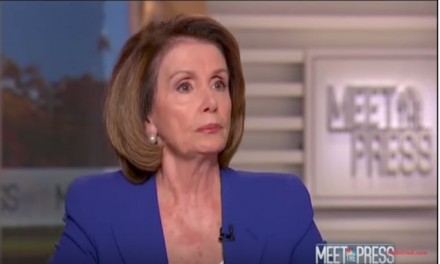

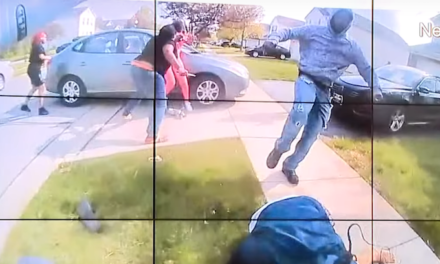
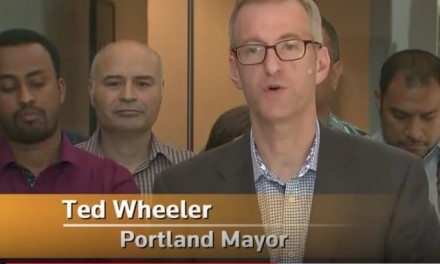






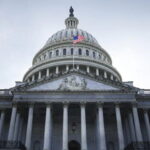



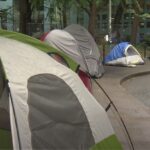
Recent Comments